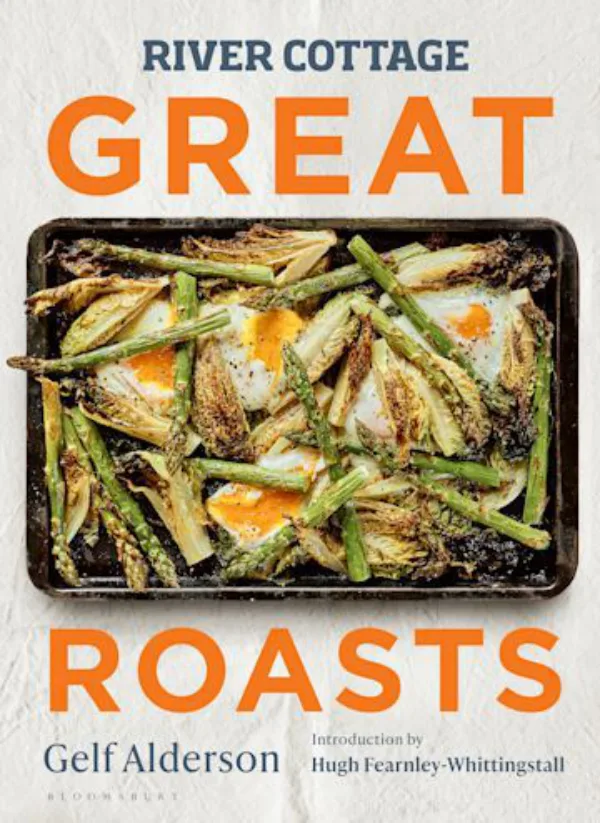You know that moment when someone tries to throw shade your way, but instead of getting mad, you hit them with a roast so sharp it could cut glass? That's what we're talking about here—great roasts. Whether you're looking to sharpen your wit or simply want to learn how to handle tough situations with humor, this guide has got you covered. So grab a seat, buckle up, and let’s dive into the world of roasting like a pro!
Roasting isn’t just about being mean—it’s an art form. It’s about delivering a punchline so clever that even the person on the receiving end can’t help but laugh. In today’s world where humor often walks a fine line between fun and offensive, mastering the art of great roasts can set you apart. But how do you perfect this skill? That’s exactly what we’ll explore in this article.
This isn’t just a random guide; it’s packed with tips, tricks, and examples to help you become the king or queen of roasts. Whether you're at a party, in a debate, or just hanging out with friends, you’ll be ready to drop some serious heat when the time comes. So, let’s get started, shall we?
Read also:Ugly People From Different Perspectives Breaking The Stereotypes
What Are Great Roasts?
Before we jump into the nitty-gritty, let’s first define what we mean by "great roasts." A roast is essentially a witty insult delivered with precision and humor. The goal isn’t to hurt feelings but to make people laugh—even the person being roasted. A great roast is one that’s clever, unexpected, and leaves everyone in stitches.
Think of it like a magic trick for words. You set up your audience, build anticipation, and then deliver the punchline with perfect timing. And just like magic, the best roasts leave people wondering how you pulled it off so effortlessly.
Why Are Great Roasts Important?
Now you might be wondering, why bother with roasting? Isn’t it just another form of bullying? Not quite. When done right, great roasts can actually strengthen relationships and create bonding moments. They show that you have a sense of humor and aren’t afraid to laugh at yourself—or others—as long as it’s done respectfully.
Plus, in social settings, being able to roast well can make you the life of the party. People love a good joke, and if you can deliver one that lands perfectly, you’ll instantly become the center of attention. Just remember, context is key. What works in one situation might not work in another.
How to Deliver Great Roasts
Know Your Audience
The first step in delivering a great roast is understanding your audience. Not everyone appreciates the same kind of humor, so it’s important to tailor your jokes accordingly. For example, a group of close friends might enjoy more personal jabs, while a crowd of strangers might prefer something more universal.
Here are a few things to keep in mind:
Read also:Unveiling Jakipz Net Worth The Journey To Success
- Assess the relationship between you and the person being roasted.
- Consider the setting—casual gatherings allow for more freedom than formal events.
- Be mindful of cultural differences that could affect how your roast is received.
Timing Is Everything
Just like in comedy, timing is crucial when delivering a great roast. Wait too long, and the moment passes; jump in too soon, and you risk interrupting the flow of the conversation. Practice listening carefully and jumping in at just the right moment. This takes practice, but once you get the hang of it, your roasts will hit home every time.
Also, don’t be afraid to pause before delivering the punchline. Sometimes, a well-placed pause can build suspense and make your roast even funnier.
Mastering the Art of Great Roasts
Start with Observations
One of the easiest ways to craft a great roast is by making keen observations about the person or situation. Look for quirks, habits, or traits that stand out and use them as the basis for your joke. For instance, if someone always spills their drink, you could say, “Hey, are you training to be a human waterfall?”
These kinds of roasts are lighthearted and playful, making them perfect for most settings.
Use Wordplay and Puns
Wordplay and puns are powerful tools in any roaster’s arsenal. They add an extra layer of cleverness to your jokes, making them stand out. For example, if someone says they’re tired, you could respond with, “Tired? You should try retired—it’s less exhausting.” See what I did there?
Don’t overdo it though. Too many puns can make your roast feel forced or contrived.
Keep It Short and Sweet
Great roasts are concise. The longer you drag out a joke, the less impact it has. Aim for short, sharp lines that pack a punch. Remember, it’s not about quantity—it’s about quality. A single well-placed roast can leave a lasting impression, while a rambling monologue might just confuse people.
Examples of Great Roasts
Famous Roast Battles
Some of the best examples of great roasts come from famous roast battles. Shows like Comedy Central’s "Roast" series have brought this art form to the mainstream. Watching these professionals in action can give you a lot of inspiration for your own roasts.
Take, for example, the legendary roast of Charlie Sheen. Some of the best lines came from insult comedians who knew exactly how to push buttons without crossing the line. They used a mix of personal jabs, wordplay, and clever observations to create some truly memorable moments.
Real-Life Examples
But you don’t have to be a professional comedian to deliver great roasts. Everyday people do it all the time. Here are a few examples:
- Friend 1: “I’m thinking of growing a beard.” Friend 2: “Great idea! Then you can call yourself a ‘bearded lady.’”
- Friend 1: “I’m so bad at dancing.” Friend 2: “No kidding, watching you move is like watching a toddler try to assemble IKEA furniture.”
See? Simple, yet effective.
Common Mistakes to Avoid
Crossing the Line
One of the biggest mistakes people make when trying to deliver great roasts is crossing the line into offensive territory. While a little edge can enhance a roast, going too far can ruin relationships and create awkward situations. Always err on the side of caution and ask yourself, “Would I want someone to say this to me?” If the answer is no, it’s probably best to leave it unsaid.
Overdoing It
Another common mistake is overdoing it. No one wants to be around someone who constantly tries to roast everyone. It gets old fast and can make you seem like a bully rather than a witty conversationalist. Use your roasts sparingly and strategically for maximum effect.
Tips for Improving Your Roasting Skills
Practice Makes Perfect
Like any skill, roasting takes practice. Start small by testing out your roasts on close friends and family. Pay attention to their reactions and adjust accordingly. Over time, you’ll develop a sense of what works and what doesn’t.
Study the Masters
Watch videos of famous roasts and study how the pros do it. Pay attention to their delivery, timing, and word choice. Take notes on what makes their roasts work and try incorporating those elements into your own style.
Stay Current
Pop culture references can add an extra layer of humor to your roasts. Stay up-to-date with the latest trends and memes so you can incorporate them into your jokes. Just be careful not to rely too heavily on them—your roasts should still work even if someone isn’t familiar with the reference.
Conclusion
In conclusion, mastering the art of great roasts is all about balance. You want to be funny without being hurtful, clever without being contrived, and strategic without being overbearing. By following the tips and tricks outlined in this guide, you’ll be well on your way to becoming a master roaster.
So go out there and start practicing! And don’t forget to share your favorite roasts in the comments below. Who knows? Maybe one day you’ll be invited to participate in a Comedy Central roast yourself!
Table of Contents
- What Are Great Roasts?
- Why Are Great Roasts Important?
- How to Deliver Great Roasts
- Mastering the Art of Great Roasts
- Examples of Great Roasts
- Common Mistakes to Avoid
- Tips for Improving Your Roasting Skills
- Conclusion


